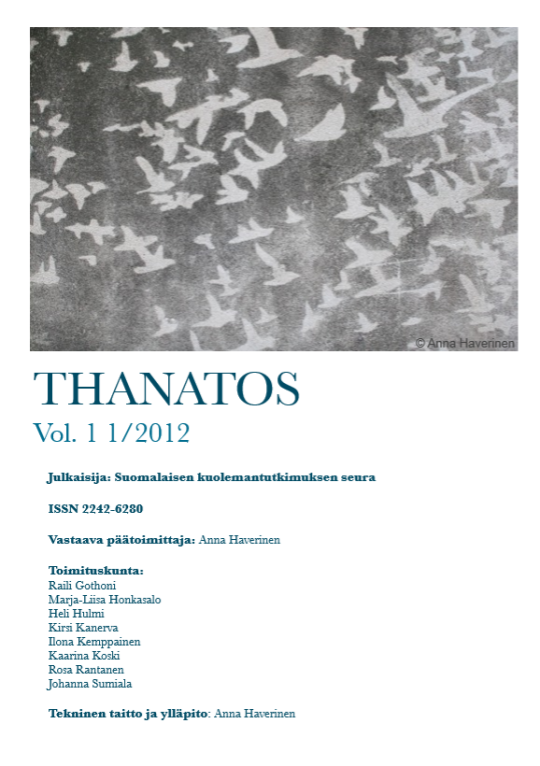Itsemurhan rituaalisen rankaisemisen merkitykset uuden ajan alun Ruotsissa ja Suomessa
Abstrakti
.
Tiedostolataukset
Julkaistu
2023-08-08
Numero
Osasto
Tutkimusartikkelit
Lisenssi
Copyright (c) 2023 Riikka Miettinen

Tämä työ on lisensoitu Creative Commons Nimeä-EiKaupallinen-EiMuutoksia 4.0 Kansainvälinen Julkinen -lisenssillä.





